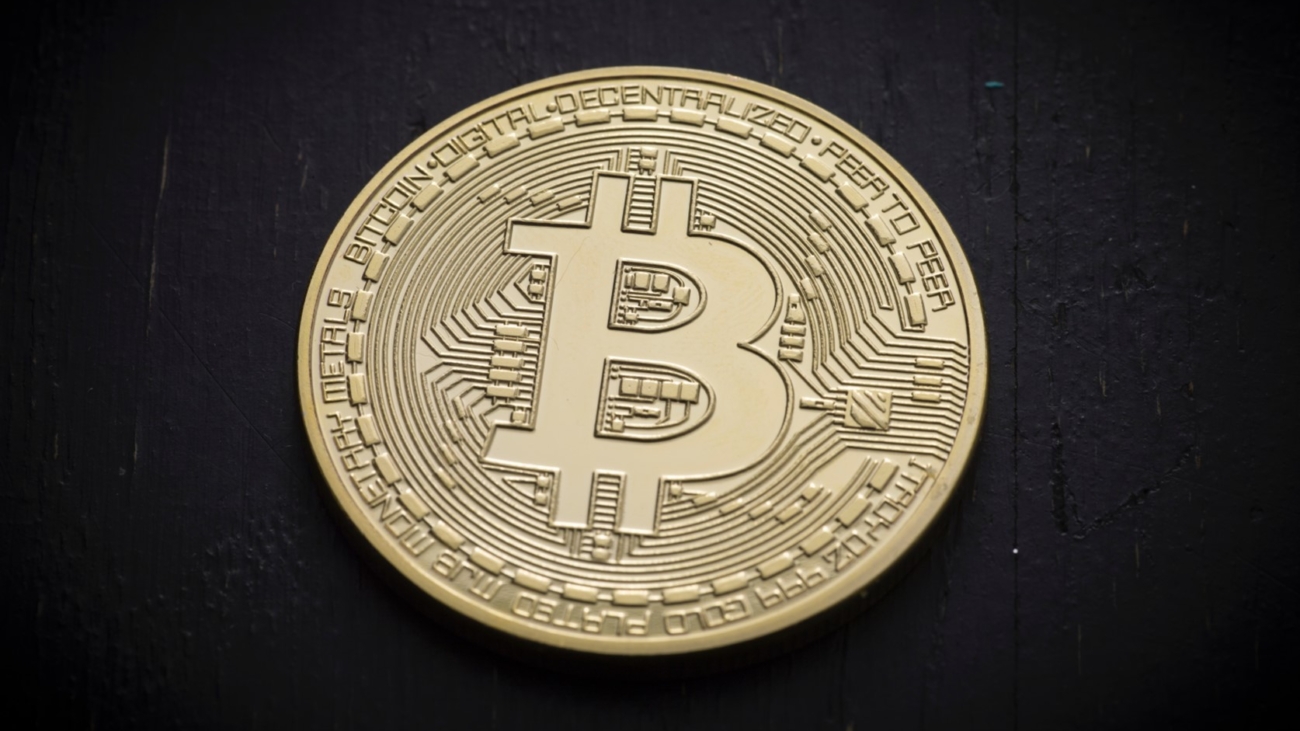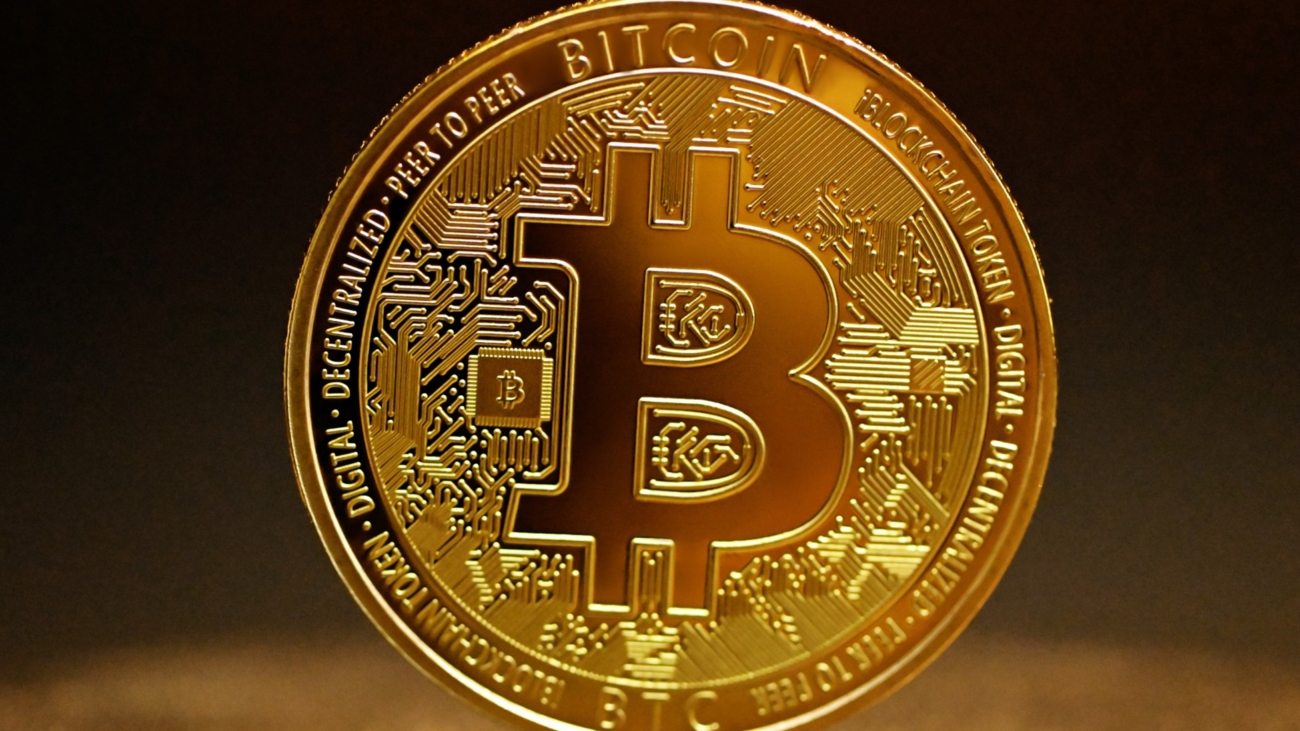Author: Jeffrey Stewart
Regulatory Regimes
These three dimensions – the purpose of the token, public policy risks, and crypto activities – are evinced in emerging regulation. At the international level, global efforts at regulation have come from the industry itself 92 and supranational bodies such as the EU, 93 IMF, 94 Financial Stability Board, 95 International Organization Of Securities Commissions, 96 and Basel Committee on Bank Supervision (BCBS). 97
An overriding consideration is that legal authority must necessarily precede regulation and enforcement. For instance, a 2022 survey of standards setters and regulators, conducted by the FSB, reveals that the will to regulate key crypto activities such as issuance, wallet provision, and exchange is often hampered by the lack of a clear mandate and enforcement tools. 98 Another key impediment for rule-makers is the lack of a coordinated global approach and the resultant risk of regulatory arbitrage, “in which some actors may be incentivized to structure their businesses to circumvent the application of certain jurisdictions’ more stringent regulatory requirements.” 99
Almost all major economic jurisdictions are working on a suite of regulatory measures along the lines of these global efforts, in an effort to balance risk against innovation. Beyond the previously-discussed US case, some important initiatives include:
● the UK’s recently-unveiled phased approach to align regulation with traditional finance. 100 Targeting crypto trading, financial intermediaries, and custody arrangements, starting first with stablecoins, it is purported that this, “robust approach to regulation mitigates the most significant risks, while harnessing the advantages of crypto technologies.“ 101
● the EU parliament’s Markets in Crypto Assets (MiCR) initiative which imposes obligations for Issuers (e.g. environmental impacts, whitepapers), exchanges (activity-based oversight, service providers (capital requirements), custodians, and other businesses tied to the crypto market. 102
Further, a recent PWC review of the state of crypto regulations worldwide shows that at least thirty-five countries are “researching, defining, consulting, negotiating and legislating in order to bring digital assets…under the existing financial services frameworks”. 103
Implications For Zambia
In keeping with regional trends, 104 the Bank of Zambia (BoZ, “the Bank”) and the government of
Zambia has until quite recently, given limited signals about plans to regulate crypto assets and
currencies. 105 A 2021 press release by the Bank clearly asserts that cryptocurrencies are not regarded as legal tender, that the Bank does not oversee or regulate any crypto activities, and that end users should be wary. However, the release also signals that, in keeping with global attitudes, the Bank is open to innovation in the fintech space and leaves room for further clarification and regulation. 106
An earlier 2018 public notice by the Zambian Securities and Exchange Commission evaluates crypto tokens as securities on a “case by case basis”. 107 Again the focus is on investor protection and reasserts that those operating as crypto intermediaries must adhere to Zambia securities statutes. The notice also concedes that “the emergent technology on which cryptocurrencies and other related digital assets are based may prove to be positively disruptive, transformative and efficiency enhancing.”
Very recently, there has been an uptick in buzz around crypto regulation in Zambia. Vitlik Buterin, co-founder of Ethereum – and backer of Zambia’s aspiration to become a regional tech hub 108 – visited the country in February 2023 and met with the Minister of Finance and senior finance officials. 109 The Minister of Science and Technology has also recently remarked that the Zambian Securities and Exchange Commission and BoZ are “testing technology to enable regulation of cryptocurrency” 110 as well as stressing the need for a crypto regulatory framework, perhaps emulating the Nigerian approach, 111 in order to position Zambia as a “hub of technology” in the region.
It is helpful to view these developments and signals in their wider context. The Bank of Zambia periodically releases vision documents 112 and multi-year strategic plans 113 for activities under its mandate – and in alignment with the government’s National Development Plans 114 and overarching Vision 2030 to move Zambia towards a “prosperous middle-income nation”. 115 The current strategic plan, launched in July 2020, 116 covers the 2020-2023 period and, while it does not address crypto directly, the posture adopted by the BoZ and Zambia government does provide some context for directions in electronic payments infrastructure, even if pertaining primarily to fiat-based payments:
First, there is a strong impetus towards digitization of the economy. The government is targeting, “an overall increase in financial inclusion (formal and informal) from 59 to 80 percent and an increase in formal financial inclusion from 38 to 70 percent by 2022.” 117 under its National Financial Inclusion Strategy (NFIS) 118 which prioritizes increased access to digital financial services (DFS). This corresponds to the BoZ focus on a less cash-reliant economy and “promotion of electronic /digital financial services and products” underlying its strategic objective of “significant adoption of electronic payments”. 119 At the same time, Zambian regulators will doubtlessly be somewhat circumspect about the role crypto can play in augmenting financial inclusion. 120
The Bank is also putting into place infrastructures and environments that can support a broad range of digital financial offerings, including a sandbox regulatory environment to support fintech offerings, 121 a centralized KYC infrastructure, 122 and proportional financial supervisory regimes. 123 Additionally, the Bank has regulated private money issuers and service providers, such as telcos, 124 and exceeded international standards for operational cyber resilience. 125
It is also important to bear in mind that Zambian regulatory environments are typically structured to align with international guidelines to control financial risk at the institutional and infrastructure level. Accordingly, the BoZ has implemented Principles for Financial Market Infrastructures (PFMIs), 126 EMV card standards, 127 payments automated clearing houses 128 and switching systems, 129 and an updated high-value real-time gross settlement (RTGS) 130 system with subsequent integration of securities depositories 131 and financial information systems. 132 Further, the Bank promulgates BIS/World Bank general principles for remittances, 133 is migrating financial messaging to the ISO 20022 standard, 134 and is implementing Basel III standards to improve commercial bank risk management. 135 The list goes on.
In other words, Zambia regulators are highly cognizant of international efforts to regulate and standardize the financial and regulatory space. In order to both facilitate the potential of new technologies and to tame risks of regulatory arbitrage, they are more likely than not to craft crypto regulations to align with global frameworks and in accordance with efforts such as those to extend PFMIs to the crypto and stablecoin space. 136
A Like Path Forward For Zambia Crypto Regulation
As a result, the likely path forward for Zambian crypto regulation is a cautious approach that avoids stifling innovation while tackling attendant risks. Oversight will likely be allocated according to the purpose of the crypto instrument, financial threats, and specific crypto activities being performed. This regulatory path will also likely be trod with an eye toward other potential initiatives to meet social and economic policy objectives, such as those in the traditional banking space, 137 fintech services, 138 and potentially a central bank-issued digital currency 139 to act as a complement or substitute for cash.
That being said, some key regulatory movements in the Zambian crypto space – perhaps to be signaled in the forthcoming BoZ Strategic Plan for 2024-2027 – may include:
● the necessary statutory authorities to regulate the various aspects of the crypto space as described above;
● specific controls and rules pertaining to different token types, with particular differentiation between payment and security tokens. Among backed payment tokens, stablecoins will likely receive particular attention 140 under the expansion of PFMI principles into this space; 141
● unbundling of crypto services into key functions, including issuance, exchange, key custody/wallet provision, mining/validating, and retail use and investment. Furthermore, regulatory firewalls will likely be erected between these services in line with TradFi, emerging global consensus, and in order to avoid the repetition of recent catastrophes in the crypto space; 142
● activities will also likely be subject to emerging global guidelines pertaining to market conduct, public safety (e.g. KYC/AML), prudential treatment of crypto assets by banks, accountable and transparent governance, and operational and cyber resilience.
Clearly, regulators will be busy. But service providers and fintech operating in the crypto space in Zambia 143 have a lot to consider as well. They must clearly understand the nature of the crypto objects they handle, their role in the chain, and how it may be constrained or split up over time. Their toughest task will be compliance with existing and emerging rules designed to tackle threats to financial stability, payment system efficiency, public safety, and consumer protection. This “regulatory risk” – that what is tolerated today may not be tomorrow – is further exacerbated by the regulatory house of cards that is built on the shaky precept that crypto objects are financial assets in the first place.
References
92 E.g. Global Blockchain Business Council (GBBC): GSMI – Global Blockchain Business Council
93 European Parliament: Markets in crypto-assets (MiCA) | Think Tank | European Parliament Nov 2022
94 IMF: Crypto Contagion Underscores Why Global Regulators Must Act Fast to Stem Risk. Jan 2023
95 FSB: Assessment of Risks to Financial Stability from Crypto-assets. Feb 2022
96 IOSCO: Issues, Risks and Regulatory Considerations Relating to Crypto-Asset Trading Platforms. Feb 2020
97 BCBS: Second consultation on the prudential treatment of crypto asset exposures June 2022
98 FSB: Regulation, Supervision, and Oversight of Crypto-Asset Activities and Markets: Consultative document. Oct 2022. Annex 3.
100 HM Treasury (UK): UK sets out plans to regulate crypto and protect consumers – GOV.UK. Feb 2023
102 European Parliament: Markets in crypto-assets (MiCA) | Think Tank | European Parliament Nov 2022
103 PwC Global Crypto Regulation Report 2023 – Amended to include the BCBS rules. Dec 2022. p.5
104 IMF Blog: Africa’s Growing Crypto Market Needs Better Regulations. Nov 2022
105 See e.g. Bloomberg News: Zambia Explores Digital Currency, But Warns Against Crypto – Bloomberg. Feb 2022
106 Bank of Zambia (BoZ): Press Release On Cryptocurrencies. Dec 2021
107 Securities and Exchange Commission of Zambia: Notice on cryptocurrencies and related digital products/assets. Feb 2018.
108 Bloomberg: Ethereum (ETH) Founder Buterin Is Backing Zambia’s Bid to be Africa’s Tech Hub – Bloomberg. Mar 2022
109 Beincrypto.com: Zambia Takes First Steps in Establishing African Crypto Tech Hub. Feb 2023
110 Zambia Ministry of Science and Technology: Zambia Testing Technology To Regulate Cryptocurrency – Mutati. Feb 2023
111 Central Bank of Nigeria: PSMD vision 2025.
112 BoZ:Bank Of Zambia – National Payment Systems – Vision & Strategy 2018-2022.
113 BoZ: Bank of Zambia Strategic Plan 2020-2023.
114 Republic of Zambia: Eighth National Development Plan: 2022-2026. Aug 2022
115 Republic of Zambia: Vision 2030 For Zambia. Dec 2006
116 BoZ: strategic plan of the bank of Zambia 2020. Accessed Jan 2023.
118 Republic of Zambia: National Financial Inclusion Strategy 2017–2022.
119 BoZ: Bank Of Zambia – National Payment Systems – Vision & Strategy 2018-2022. Strategic Objective 6.1.1
120 Brookings Institute: Debunking the narratives about cryptocurrency and financial inclusion. Oct 2022
121 BoZ: Bank of Zambia Strategic Plan 2020-2023. Strategic Initiative 3.2
124 BoZ: National Payment Systems Directives on Electronic Money Issuance, 2018. May 2018
125 Bowmans Law: Zambia: Regulatory Developments On Cyber Security. June 2022
126 BoZ: Principles for Financial Market Infrastructures. Circular 4/2015. Feb 2015
127 BoZ: Europay, Mastercard and Visa (EMV) Implementation. Circular 13/2014. May 2014
128 Zambia Electronic Clearing House Ltd (ZECHL): ZECHL
129 ZECHL: National Financial Switch – ZECHL
130 BoZ: ZIPSS
132 Timothy Muwema, Jackson Phiri: The Impact of Integrated Financial Management Information Systems on Procurement Process in Public Sector in Developing Countries—A Case of Zambia. Open Journal of Business and Management Vol.08 No.02(2020). Mar 2020
133 BIS-Committee on Payment and Settlement Systems (CPSS); World Bank: Committee on Payment and Settlement Systems The World Bank General principles for international remittance services. Jan 2007
134 BoZ: Bank of Zambia Strategic Plan 2020-2023. Strategic Initiative 3.5
135 See BoZ: Bank of Zambia Strategic Plan 2020-2023. Focus area #1: Financial stability
136 BIS-CPMI: Application of the Principles for Financial Market Infrastructures to stablecoin arrangements. July 2022
137 See e.g. AfricaNenda: The State of Instant and Inclusive Payments Systems in Africa 2022 – AfricaNenda. Oct 2022
138 E.g. UNCDF: The Regulatory Playbook for Zambian FinTechs – UN Capital Development Fund (UNCDF). June 2021
139 E.g. Freight News: Bank of Zambia explores CBDC route | Freight News. Aug 2022
140 IMF: Regulating the Crypto Ecosystem: The Case of Stablecoins and Arrangements. Oct 2022
141 BIS-CPMI: Application of the Principles for Financial Market Infrastructures to stablecoin arrangements. July 2022
142 E.g. Organization for Economic Cooperation and Development (OECD): Lessons from the crypto winter: DeFi versus CeFi | en | OECD. Dec 2022
143 E.g. Techcabal.com: South African crypto exchange VALR launches in Zambia | TechCabal. Nov 2022




